Football has five billion fans and 250 million players around the world, but only one home: Sheffield.
The steel city provided the spark which enabled the beautiful game to spread to become the most popular sport in the world. And now, 166 years after history began, Sheffield is set to finally get the recognition it deserves as the spiritual home of football.
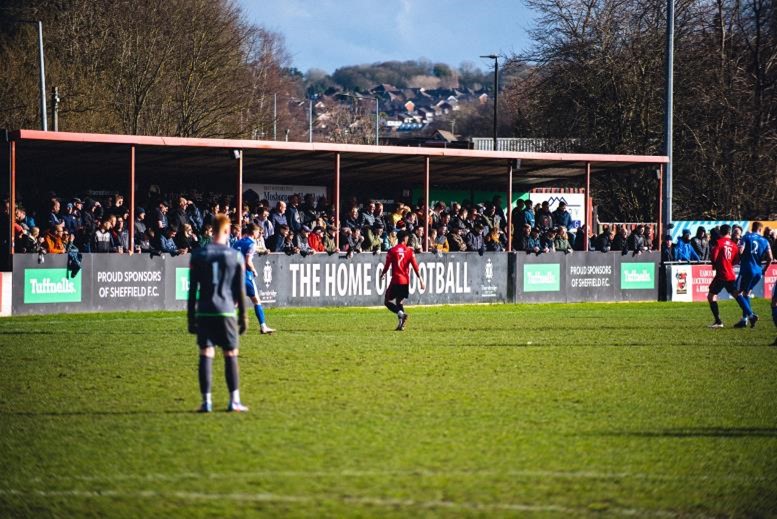
The goal is to create a world-class visitor attraction to promote football’s heritage throughout the wider Sheffield and Hallamshire region. Plans include a centrally located museum with physical and digital material, collating photos, objects, memories and stories from people connected to football. There will also be scope to welcome temporary exhibitions from the likes of the National Football Museum in Manchester.
As an educational charity, there will be side projects that highlight other aspects such as the legacy and growth of women’s football. The project will also ethically invest in statues, literature, film and drama and will incorporate a lion-themed trail around the city centre. There is already a free historical walking app available to download that takes you on a heritage tour around ten historic footballing hot spots that helped shape football in the Victorian era.
A team of new and old trustees have come together to power on with this visionary project started by football writer and historian, Martin Westby, who passed away in 2020 aged 63. Bringing together a variety of skills from careers in heritage, literature, media, education and sport, some of the trustees include former mayor of Sheffield Denise Fox as company chair, radio broadcaster Andy Kershaw, historian and company secretary John Clark, university lecturer Dr John Wilson, and former head of Sheffield Library Services, Nick Partridge.
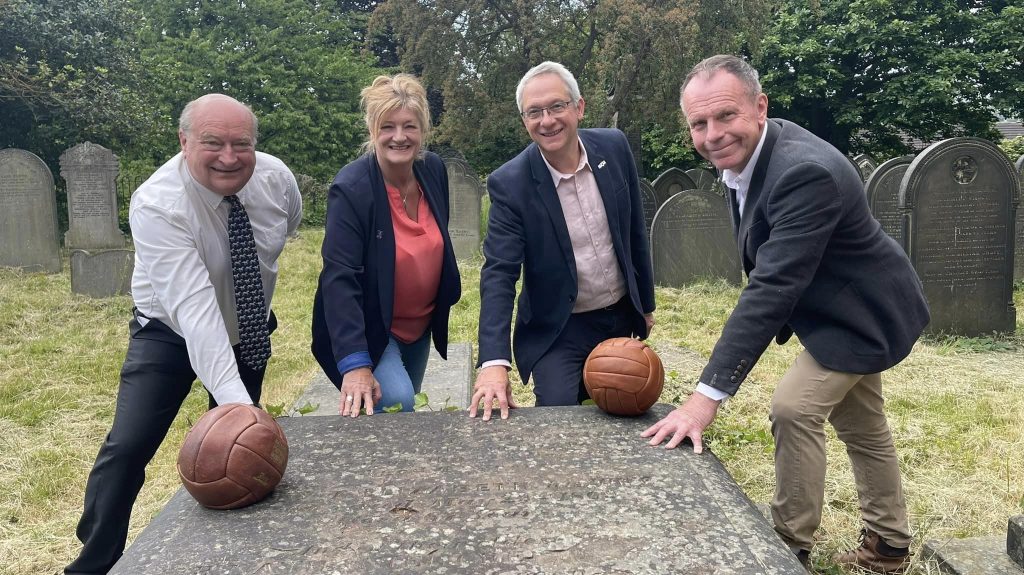
Worksop-born football historian, John Stocks, is also one of the trustees. He said: “Sheffield is known for a lot of things: industry, music, its fantastic parks. But its only unique selling point is its remarkable football heritage. It’s the crucible of the global game with many firsts such as the world’s oldest club in Sheffield FC, and the oldest ground still in use at Hallam FC’s Sandygate Road stadium.
“Football already brings more money into the city than any other sport, but we’ve barely touched on its potential as a major hook for tourism and investment. We are now working at an incredible pace to get this off the ground.”
The story of modern football is complex, with many making the claim as pioneers of the game. Sheffield didn’t invent football – kicking a ball around has been a pastime since the ancient Greeks and Romans. But it was a pivotal player in codifying the rules of association football that we know today.

Five years before the Football Association was created in 1863, players in Sheffield had established the ‘Sheffield Rules’ in 1858 at the Adelphi, where the Crucible now stands. These rules included things like throw-ins, free kicks, eleven-a-side teams, and the 90-minute match. They also proposed the ball shouldn’t be carried to differentiate from rugby. A form of ‘mob football’ was being played by public school students across the country, but it was a bit of a free-for-all where a mob of people battled it out for the ball.
The game had taken off in the city after cricketers Nathaniel Creswick and William Priest founded Sheffield FC in 1857. Creswick and Priest initiated the idea of an informal kickabout as a way to keep fit over the winter season. This then led to the formation of an independent club. But with no other teams to play against, they had inter-team matches like ‘Single vs Married’.
The Sheffield Rules were adopted by Sheffield Football Association when it launched in 1867 to oversee to the growing number of local teams. By 1862 there were 15 clubs in the Sheffield area. Crosspool-based Hallam FC are the world’s second oldest club, with the Countrymen coming together in 1860 made up of players from Hallam Cricket Club.
Hallam’s ground at Sandygate Road is listed in the Guinness Book of Records as the oldest football ground still in use. Having played at Dronfield for many years, Sheffield FC are set to relocate back to the city with their very first ground they can call their own.
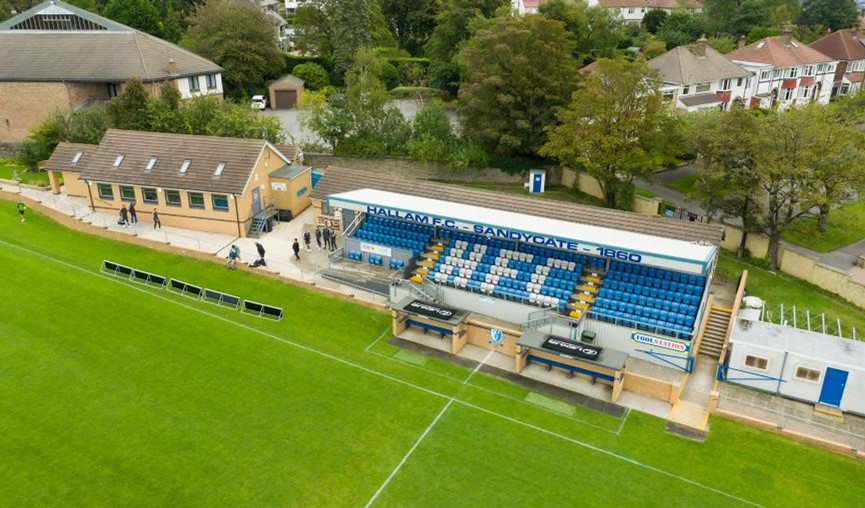
Sheffield FC and Hallam FC were rivals for many years, playing the first official derby in 1860 at Bramall Lane, and then facing each other in the first football tournament, the Youdan Cup, in 1867, which Hallam won – the club still has the trophy today.
Football continued to rise in popularity throughout the mid-19th century, evolving from a leisurely past time into an organised mainstream sport. Many of the world’s first professional teams were formed including The Wednesday here in South Yorkshire, the fifth oldest professional club.
When professionalism was legalised in 1885, the amateur clubs like Sheffield FC and Hallam could no longer compete with these bigger clubs. But even now, 160-odd years later, they are still going strong and attracting the crowds through the turnstiles to witness the legacy of those early Sheffield teams.
Over the years Sheffield and the wider region has produced a litany of influential footballing talent, many of whom came through the grassroots pathways to become global stars.
The 1966 World Cup hero Gordon Banks is a Sheffield lad, England’s second most capped goalkeeper David Seaman is from Rotherham, Kevin Keegan, dubbed one of the greatest players of all time, is from Armthorpe in Doncaster, and Paul Heckingbottom, Sheffield United’s manager who has recently led them back to the Premier League, is from Barnsley.
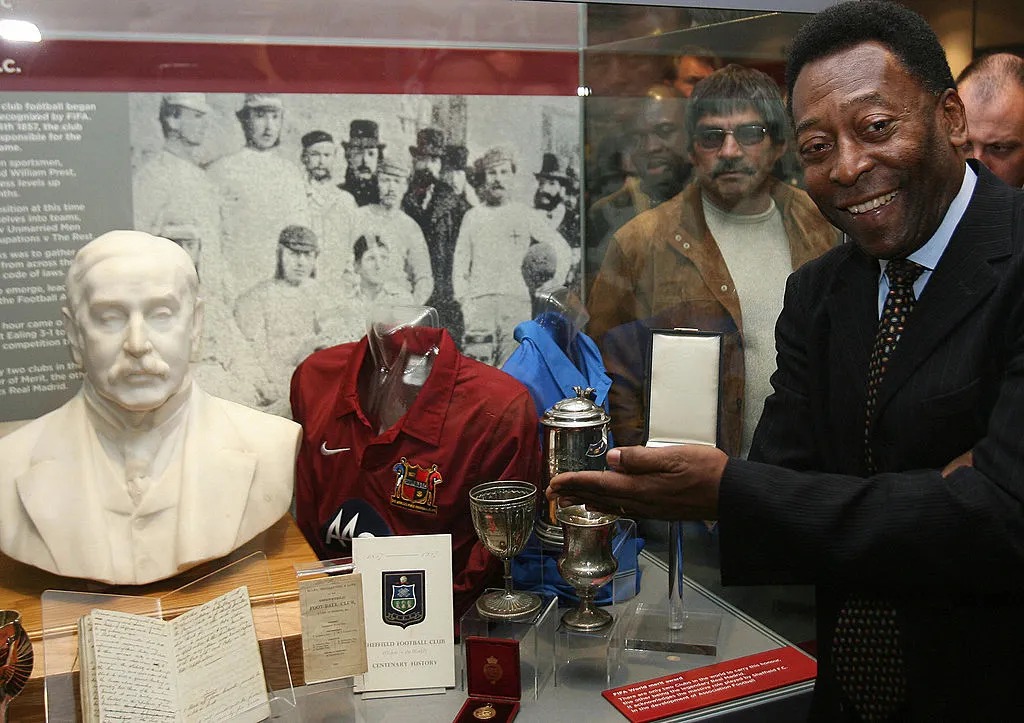
The late, great Pele once said that, ‘Without Sheffield FC, there wouldn’t a me.’ And indeed all professional footballers can thank the club for providing them with the careers, lifestyle and global stardom they now have. There is a statue of Pele planned for the new Home of Football Museum.
It will also pay tribute to the people whose stories aren’t as widely recognised.
A trio of Penistone Johns are thought to be some of the founding fathers of football in Sheffield. Shaw, Marsh and Dransfield all played for Sheffield FC, with John Shaw going on to be a founder member of Hallam FC, and John Marsh being there when The Wednesday was formed at the Adelphi Hotel in 1867.
Sheffield brothers Charles and William Clegg were the first siblings to be capped for England in the 1870s. The brothers were also opposing captains in the world’s first flood-lit match when William’s Blues beat Charles’ Reds 2-0 at Bramall Lane in 1878. Ten years later, Charles would propose that Bramall Lane have its own team and so Sheffield United FC was born.
The Cleggs went on to become part of Sheffield FA, with William as vice-president and Charles and chairman; Sheffield FA’s headquarters is named Clegg House and has a statue of Charles in the reception. In 1890, Charles moved up the ladder, becoming chairman of the FA and then its president in 1923, where he became known as the ‘Napoleon of Football’.
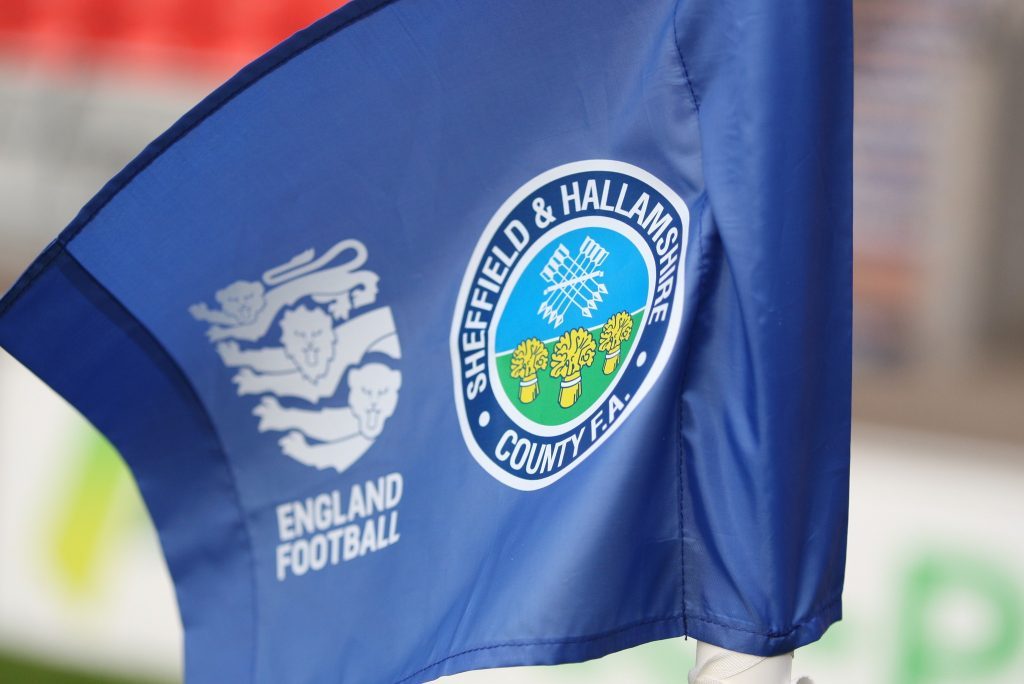
Gainsborough-born Fred Spiksley scored England’s first hattrick and scored 100 goals in 293 appearances for The Wednesday between 1891 and 1903.
When Arthur Wharton signed for Rotherham Town in 1889, he became the world’s first black professional footballer. Then some 60 years later, Charlie Williams became one of the first post-war black footballers, playing for Doncaster Rovers for 11 seasons before he became a well-known comedian.
Worksop goalkeeper Jack Brown remains Sheffield Wednesday’s second highest appearance makers, having moved to the club from Worksop Town in 1923. He stayed with the Owls for 14 years, becoming Division 1 champions in 1929 and winning the FA Cup in 1935.
George Robledo, who started playing football as a West Melton schoolboy, was the first foreign player to win the Golden Boot for the most goals scored in a season. The Chilean national netted 33 goals for Newcastle United in the 1951/52 season – a record that has only just been beaten by Manchester City’s Erling Haaland who’s scored 36 goals this season.
John says the trustees’ research will also lead to non-footballing spin-off stories, such as that of Harry Wright, the man from Sheffield who is thought to be the father of modern baseball in the USA.

After a fantastic season for local teams, with three promotions in Sheffield United, Sheffield Wednesday and Worksop Town, who knows what the 2023/34 season will hold.
In the meantime, the trustees are waiting to have their charitable status confirmed then they will be giving the fundraising ball a good kick to help them secure the money needed to open their new visitor attraction. Launching on August Bank Holiday, Sheffield’s Little Mesters Brewing Co. have created a special IPA and lager to help raise funds.
For more information about the Home of Football project, how to get involved, or to download the free heritage walking app, visit www.homeoffootball.net. Or if you’re on Facebook, join their group Sheffield Home of Football.
Footballing firsts:
- First and oldest club: Sheffield FC est 1857
- First rules: Sheffield Rules est 1858
- First and oldest ground still in use: Sandygate, Hallam FC, opened 1860
- First derby: Sheffield FC v Hallam FC 1860 and still played annually
- First football tournament: Youdan Cup est 1867
- First county FA: Sheffield and Hallamshire, est 1867
- First professional stadium: Bramall Lane 1862 (used from 1855 for other sports)
- First FA Cup Trophy: made in Sheffield by Martin, Hall & Co in 1872
- First professional footballer: James Jo Long signed to The Wednesday 1876
- First match under floodlights: Bramall Lane 1878 with 20,000 spectators
- First ‘United’ team: Sheffield United est 1889






